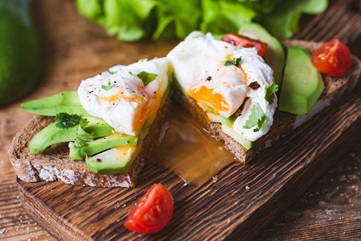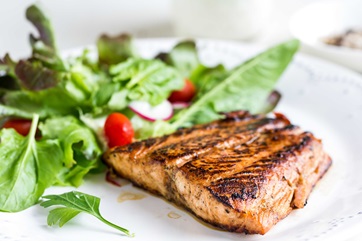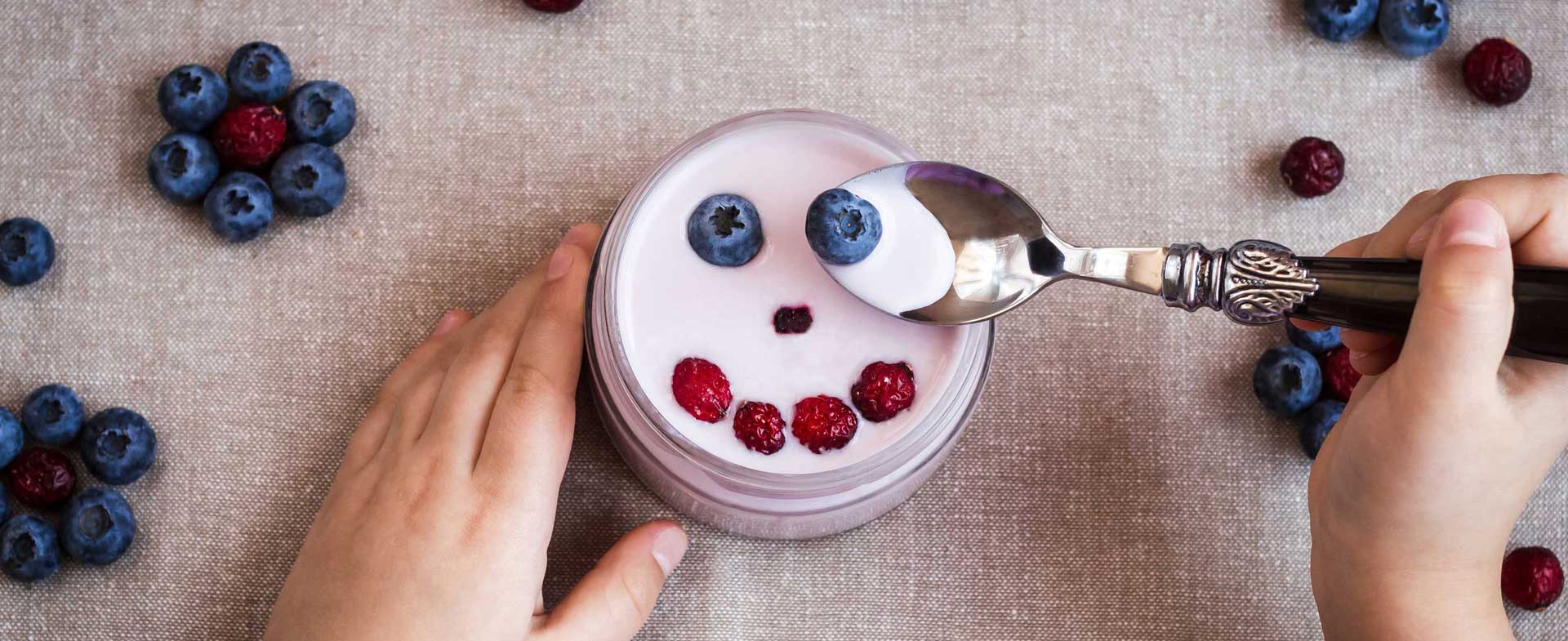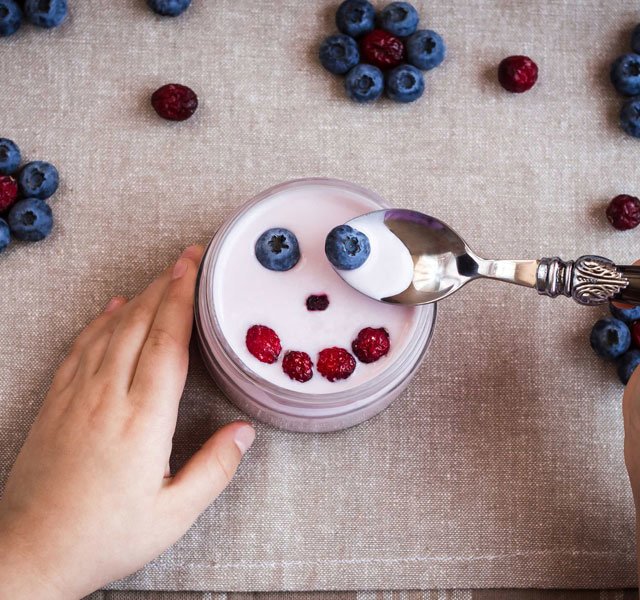Hang in there. Gray skies are clearing. The sun is breaking through. Chances are as the days brighten with spring, so will your mood.
It’s science. A lack of sun can lead to a lack of energy, sluggish, sad moods and a general case of the blahs. Effects vary person to person, but the changes in mood that can be triggered by a lack of sun are well documented.
However, even when the sun is kissing the skin again, especially in sun-deprived climates, it can take some time to feel a boost in mood. One way to get there faster – and also help avoid dips in mood throughout the year – is through food, specifically those rich in vitamin D, magnesium and omega-3s.
“Generally, foods rich in such nutrients are known to boost brain health and believed to help overcome drops in dopamine or serotonin and other brain chemicals and functions connected to mood,” says Julie Fromm, a registered dietitian nutritionist with Henry Ford Health.
It’s not hard to increase intake of these crucial brain and mood nutrients. They’re found in every day foods, at regular stores and require no special preparation or diet.
But first, the basics. Fromm suggests that you eat the recommended amount of calories each day, around 1,800 to 2,000 for most people. Make sure those calories come from a variety of healthy foods, and are eaten throughout the day.
Don’t forget the importance of sleep. No food, even foods known as the best for brain health, or any amount of coffee or supplement will rescue you from a lack of sleep. It also bears repeating that physical activity is a must. It feeds the mood centers of the brain as well.
With sleep, activity and calorie intake accounted for, Fromm recommends looking for foods with:
Vitamin D
Lack of vitamin D (aka the Sunshine Vitamin)Mood-boosting foods: Vitamin D has been connected to higher levels of depression and can affect the severity of depression. An RDN, pharmacist or your doctor can address questions about a deficiency and help determine if your deficiency is serious. You can get vitamin D from different sources, including supplements. You can also get it through sun exposure. Finally, you can eat your vitamin D, a must for the sun-deprived.
The best sources are egg yolks, eel (try it in sushi), mushrooms (if exposed to UV light not grown underground), dairy milk, yogurt, cheese, canned fish and fortified tofu. If drinking non-dairy milk, check the label for vitamin D.
Magnesium
While it’s found in many foods and 400 mg a day is recommended, only about half of the population in the U.S. gets enough of the mineral, according to the U.S. Department of Agriculture. Magnesium plays a role in many functions of the body, including cognitive function.
Great sources of magnesium are beans and legumes, nuts, pumpkin seeds, chia seeds and flax. Oatmeal, broccoli, peanuts and soybeans are especially high in magnesium, as are dark leafy greens such as spinach and chard. Dark chocolate, cocoa powder, avocados, figs, whole-wheat bread and fortified cereal are good sources as well.
Omega-3 fatty acids
The evidence is clear. Omega-3s do the brain good. The heart too. These acids are known to aid in a number of health conditions. However, the body doesn’t naturally produce omega-3 acids so it’s critical to get them from food. Some 70 percent of the population is believed to be omega-3 deficient.
You can find it in fish, beans (navy beans especially), walnuts, omega-3 eggs (eggs from chickens that have been fed omega-3s), spinach, grass-fed beef, flax and chia seeds. Hint: Sardines in water can be used just as you would tuna and are loaded with Omega-3s. Alaskan salmon, herring and mackerel are other fish high in Omega-3s and low in mercury.
Oils such as cod liver and canola also contain omega-3s. Many foods such as margarine and peanut butter have Omega-3s added, helping you reach the needed 1,200 – 1,800 mg needed per day.
Avoid the comfort food trap, which typically means eating foods with a combination of fat, sugar and salt. “No natural food contains all three,” Fromm cautions. “While eating a favorite might bring pleasure at the moment, the more we eat it, the more we need to kick up the dopamine levels that lead to that happy mood.”
And always remember food is better than vitamin supplements. Food, especially plant-based foods and proteins, contain major vitamins and nutrients and also phytonutrients not found in supplements. Supplements also can interact with prescriptions drugs. And unlike the nutrient-rich foods, supplements are missing the minerals and fiber that are good for many parts of the body, including the heart.
Julie Fromm, R.D., is a community dietitian with Henry Ford Health’s Generation With Promise program, which focuses on empowering youth and families in the community to increase their consumption of healthy foods and physical activity and balance caloric intake.



